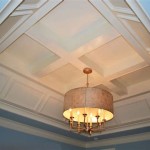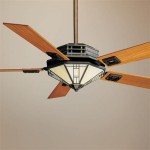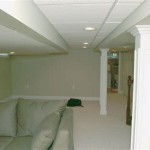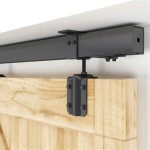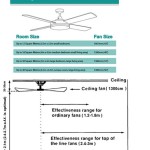Soundproofing your basement ceiling is an important step to reducing noise in your home. It can help improve the overall quality of life in your home, especially if you often have guests or live in a densely populated area. Fortunately, there are several effective ways to soundproof your basement ceiling, and we’ll explore the best of them here.
Acoustic Foam
Acoustic foam is a great way to soundproof your basement ceiling. It is made from a soft material that is designed to absorb sound and reduce reverberation. Acoustic foam is easy to install and is available in a variety of shapes and sizes. It is also relatively inexpensive, making it a great option for soundproofing your basement ceiling.
Soundproofing Paint
Another effective way to soundproof your basement ceiling is with soundproofing paint. This type of paint is designed to absorb sound and reduce noise in the area. It is relatively easy to apply and can be used in conjunction with other soundproofing materials like acoustic foam. It also offers some additional benefits like improved fire resistance and increased durability.
Fiberglass Insulation
Fiberglass insulation is another great option for soundproofing your basement ceiling. It is made from glass fibers that are designed to absorb sound and reduce reverberation. Fiberglass insulation is easy to install and is available in a variety of shapes and sizes. It is also relatively inexpensive, making it a great option for soundproofing your basement ceiling.
Drywall
Drywall is a great way to soundproof your basement ceiling. It is made from a material that is designed to absorb sound and reduce reverberation. Drywall is easy to install and can be painted to match the decor of your basement. It also offers some additional benefits like improved fire resistance and increased durability.
Conclusion
Soundproofing your basement ceiling is an important step to reducing noise in your home. There are several effective ways to do this, ranging from acoustic foam to soundproofing paint to fiberglass insulation to drywall. Each of these methods has its own benefits and drawbacks, so it’s important to consider your own needs before deciding which one is the best for your situation.












Related Posts


